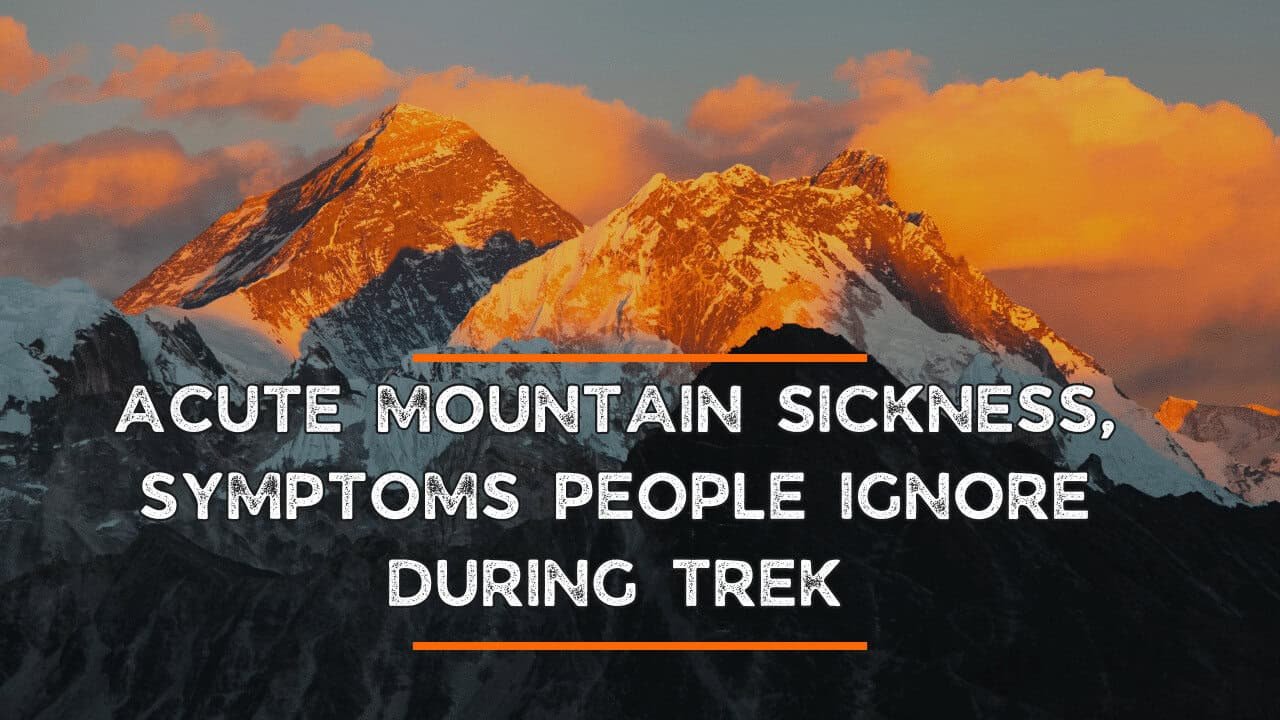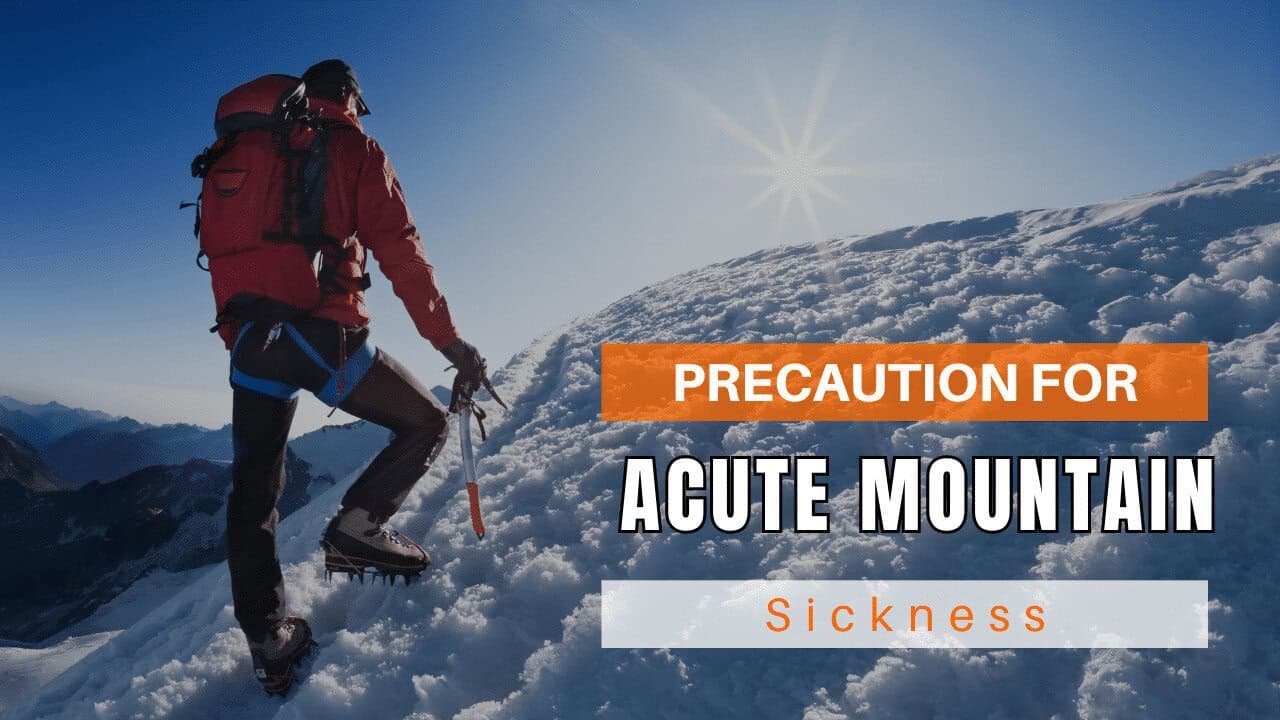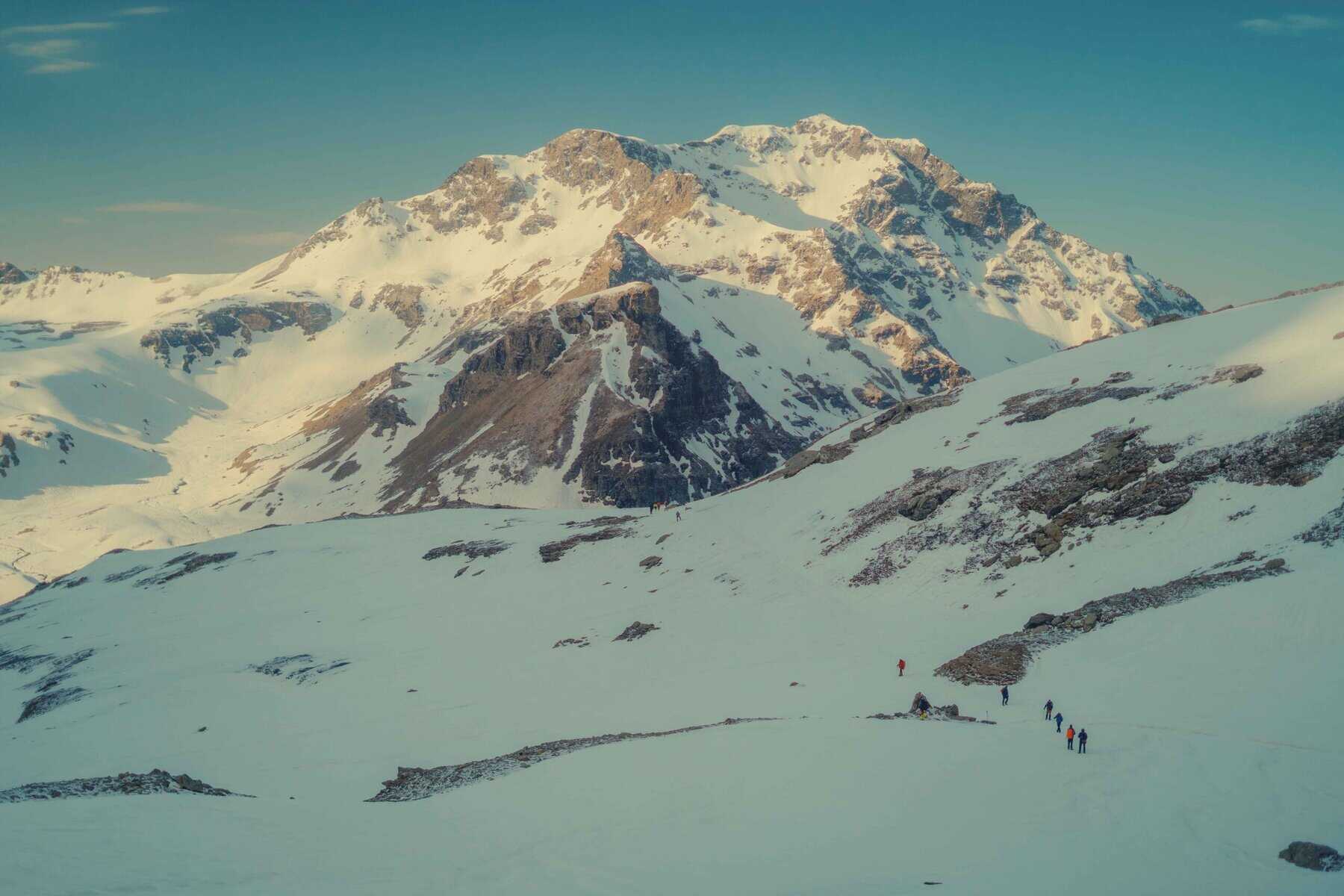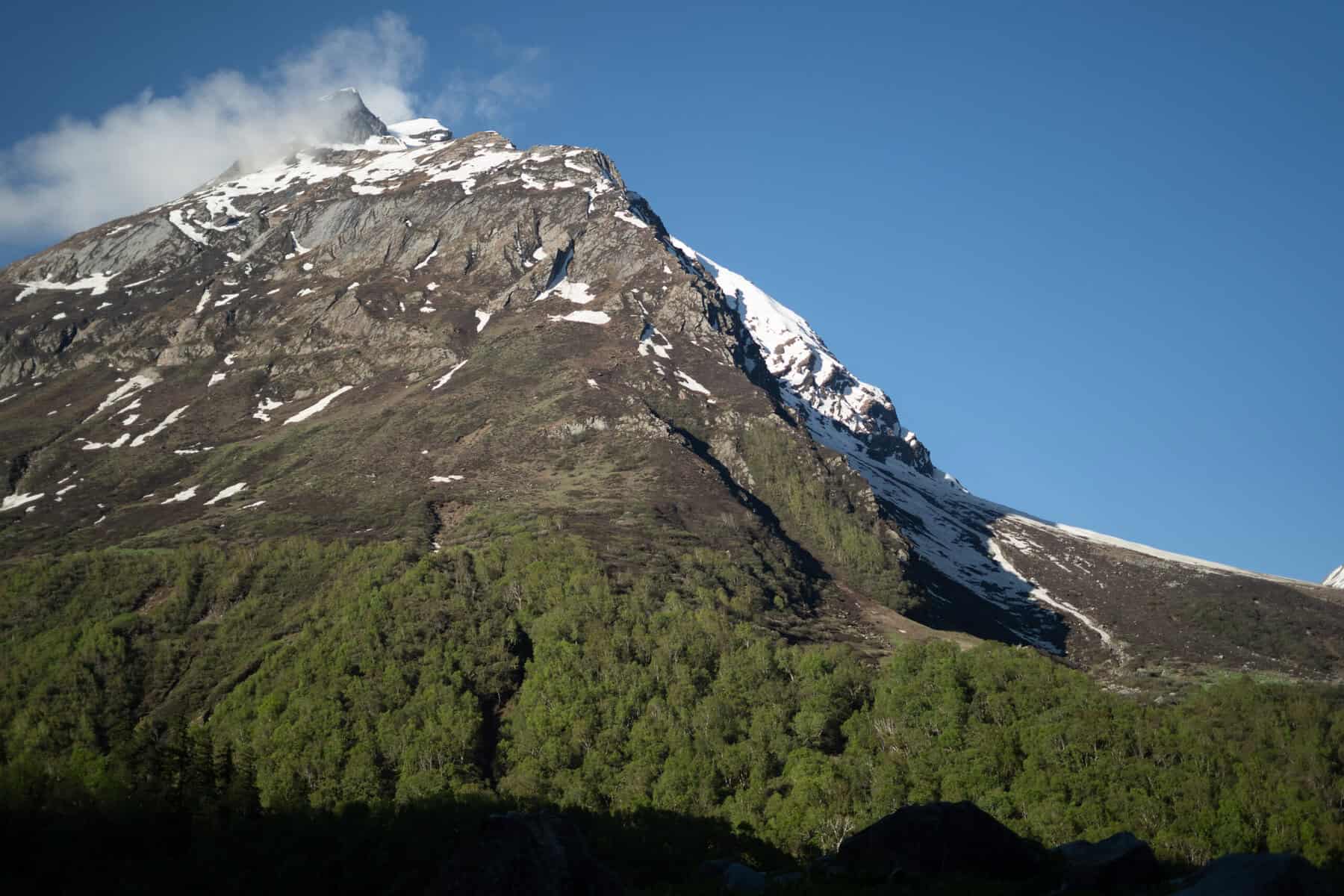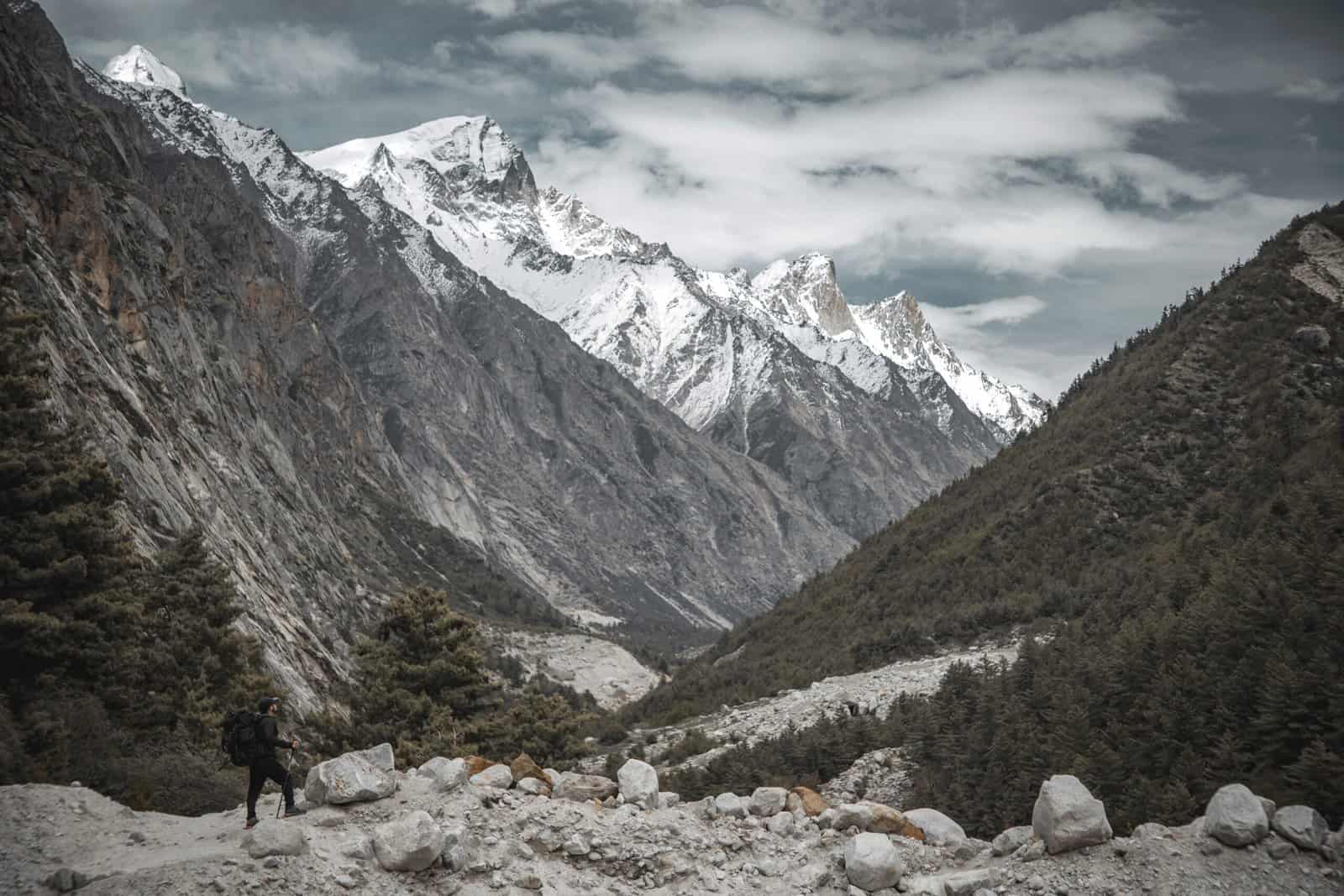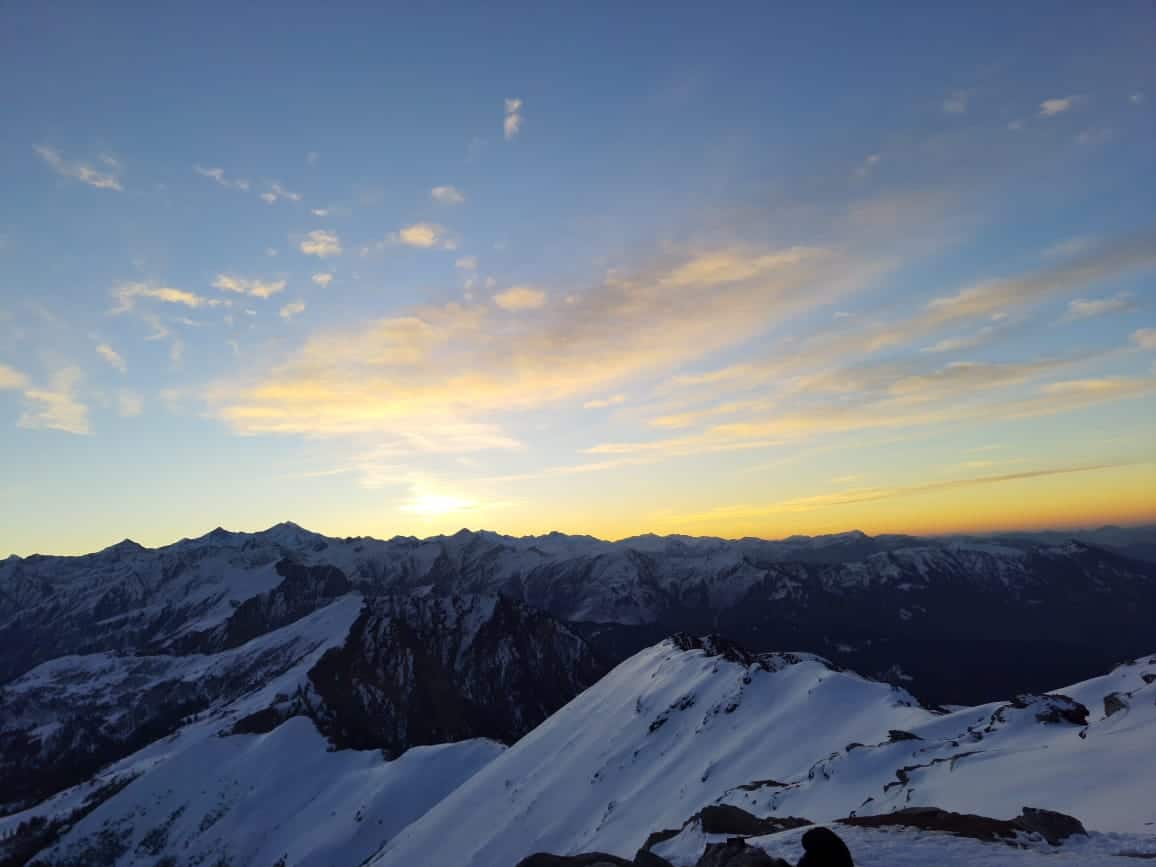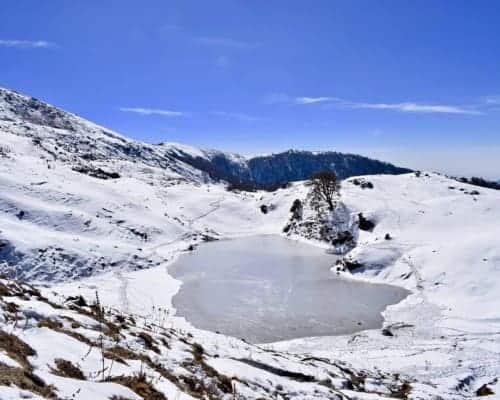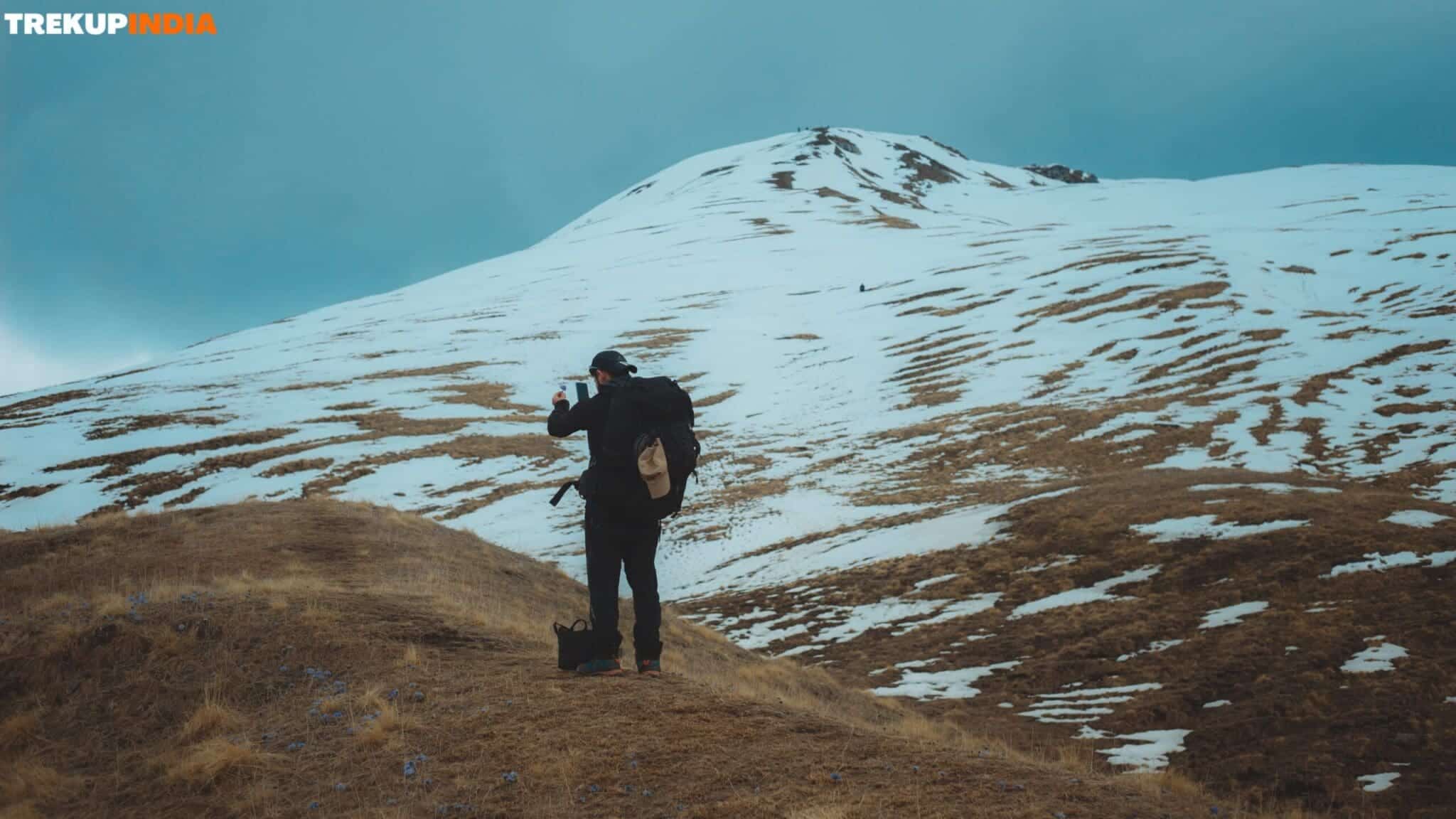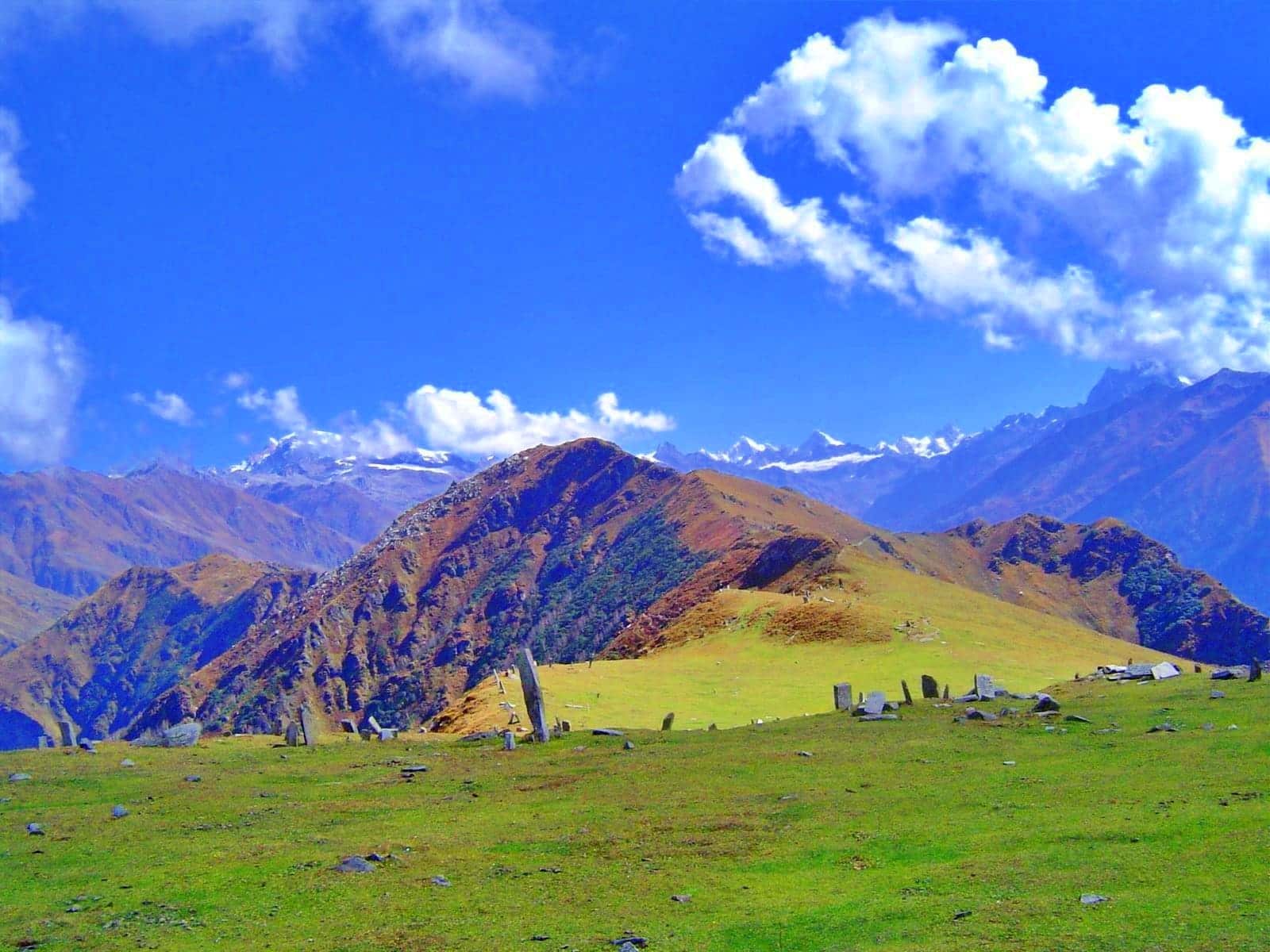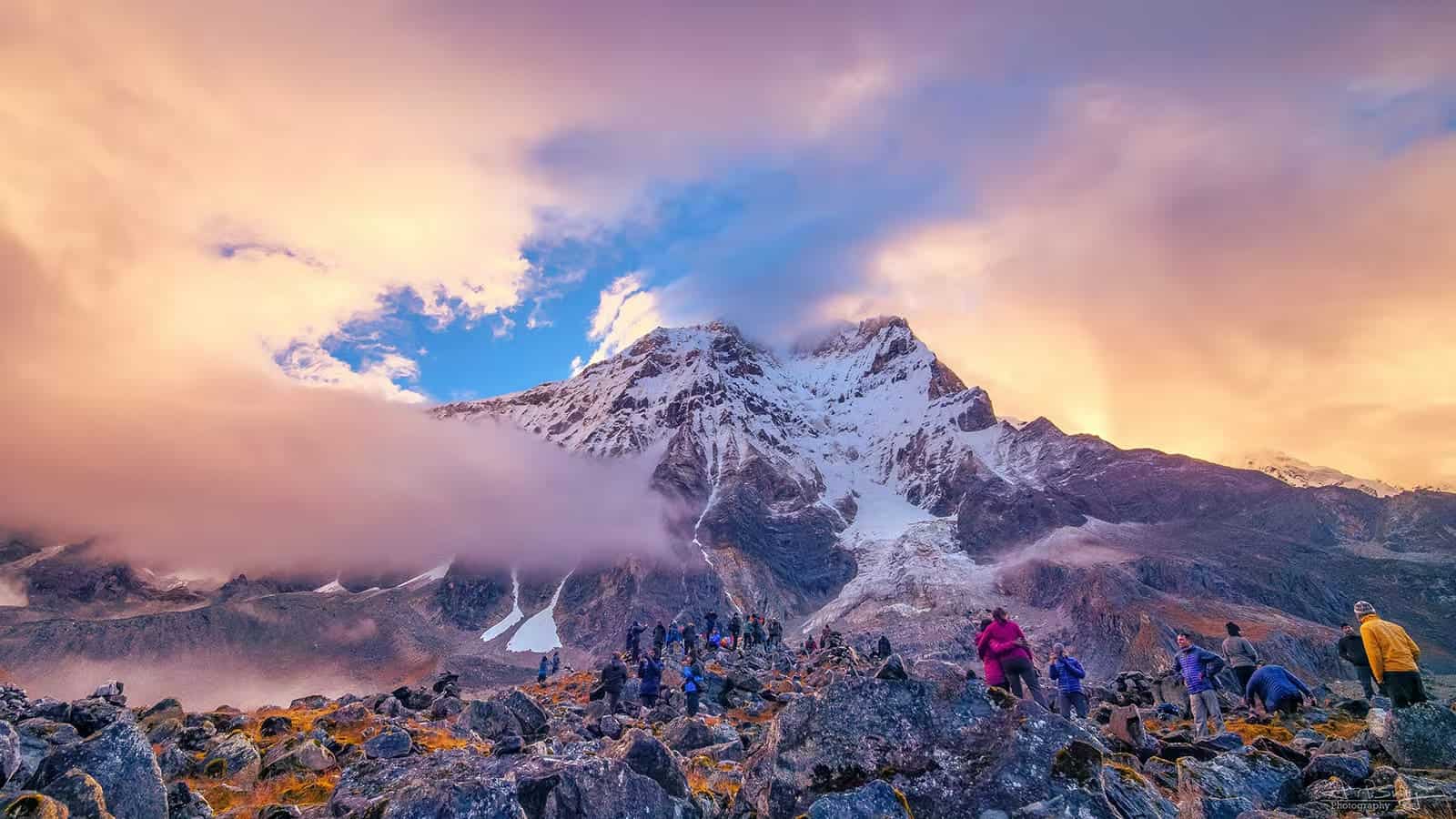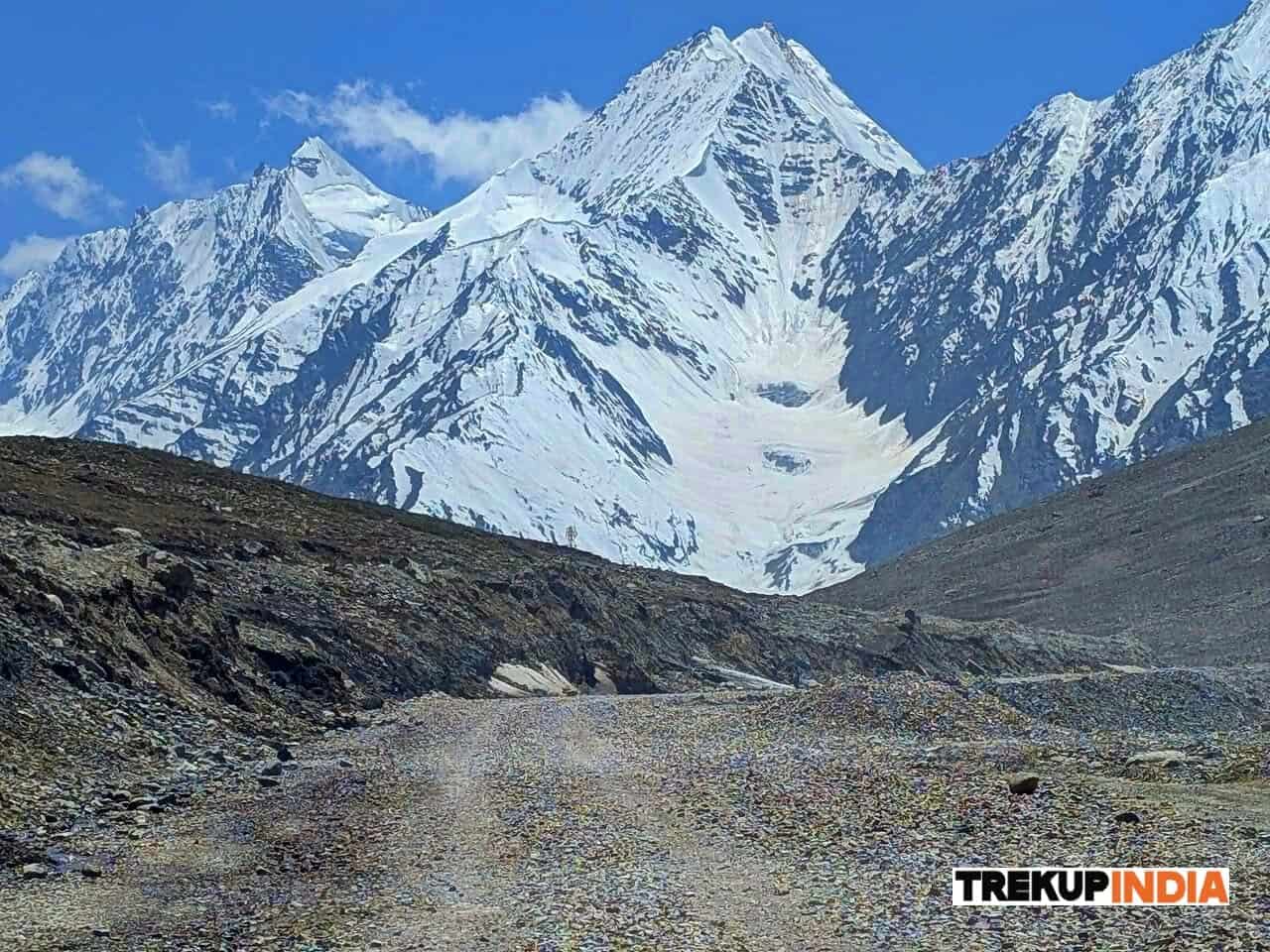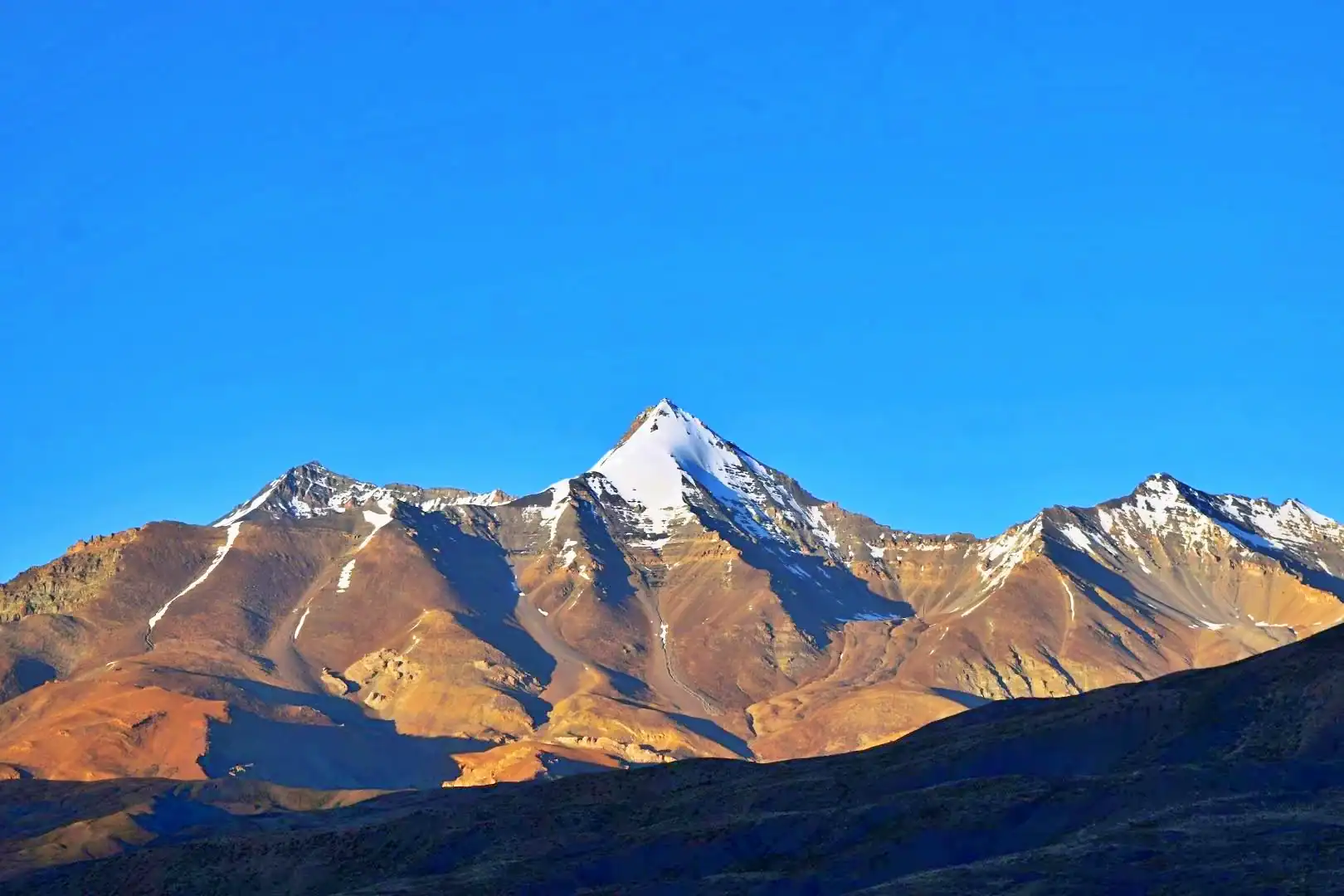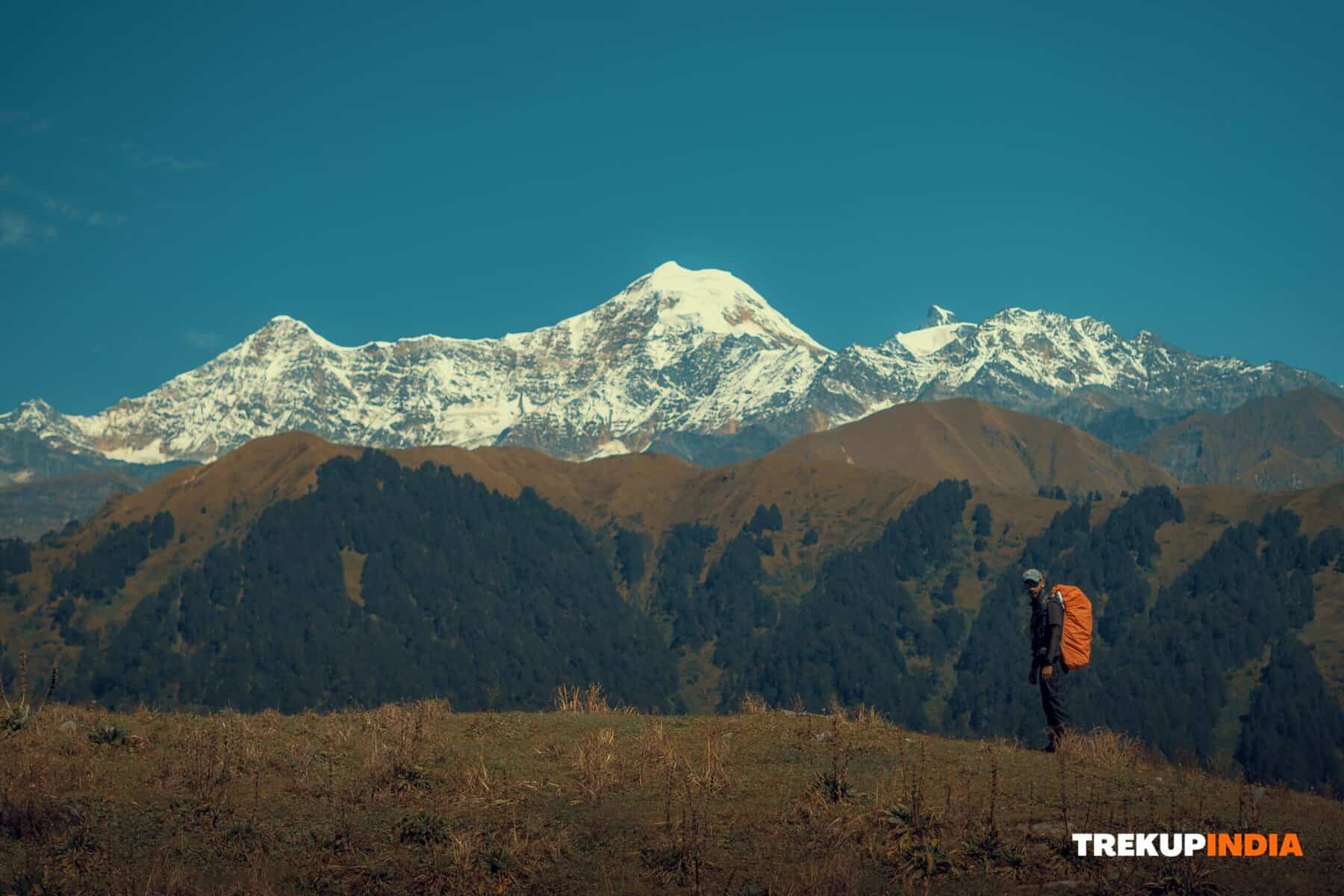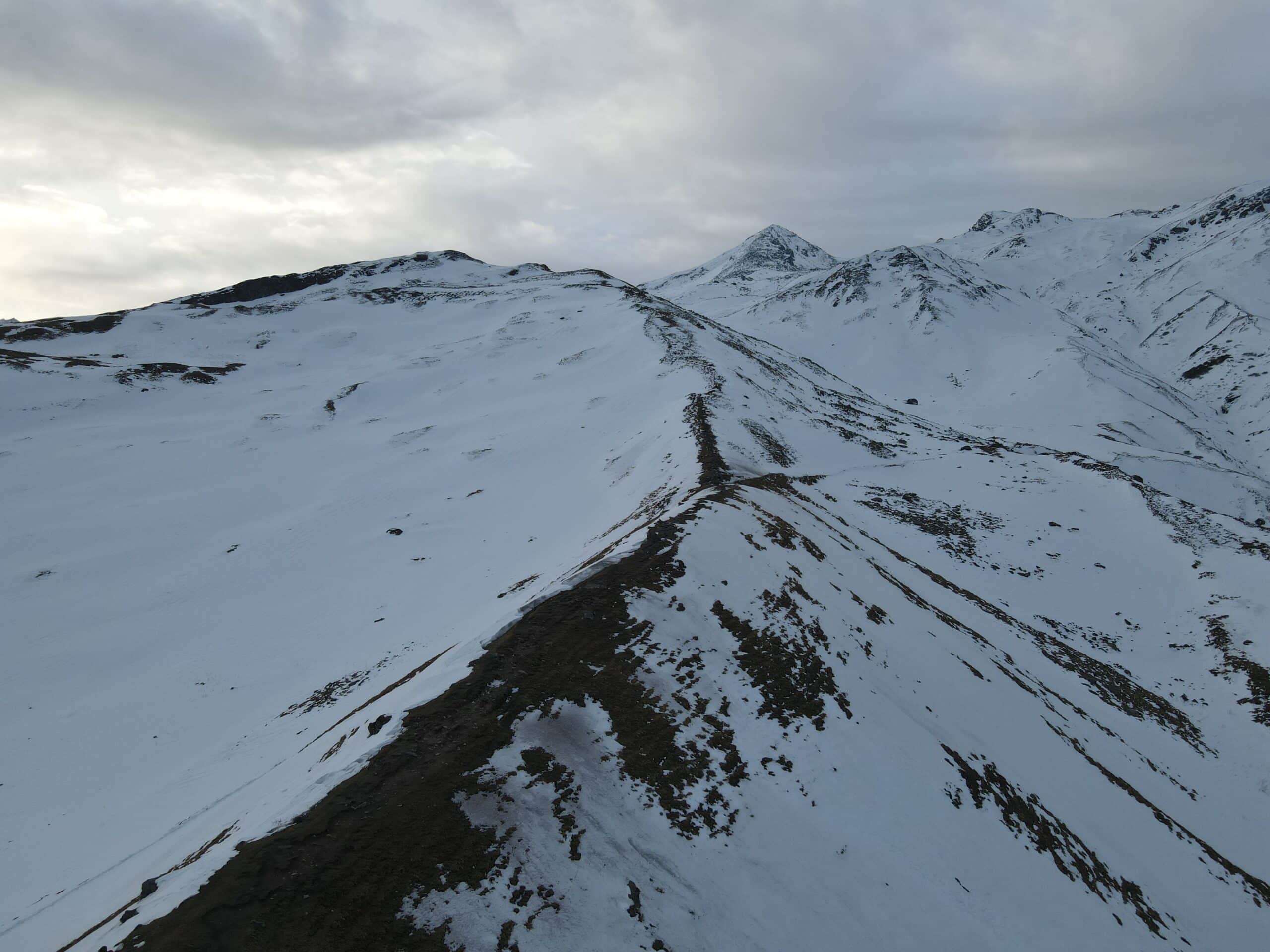Har Ki Dun Trek in Autumn Season
Autumn in the Har Ki Dun valley showcases its most delightful state. This season offers an opportunity to experience stunning scenery without experiencing its harsher temperatures during winter, when snow-capped peaks create an arresting background against vibrant red chaulai crops that thrive throughout. As snow begins melting by the end of April, Har Ki Dun sheds its winter coat, revealing a raw and beautiful landscape where the Supin river meanders through with renewed clarity, creating a stunning interplay of light between pine trees gleaming golden with pine needles as our mules graze peacefully nearby.

Har Ki Dun Trek in Uttarakhand’s Garhwal Himalayas is particularly enjoyable during the autumn season, typically late September to early November. As soon as the monsoon season ends, the landscape is almost surreal, offering breathtaking views of Swargarohini, Black Peak, and Bandarpoonch against vivid blue skies. Additionally, golden and bronze hues adorning oak, maple, and walnut trees begin their transformation process into majestic sights to behold. Ideal for photographers and nature enthusiasts alike, trekking conditions in Nepal offer ideal trekking conditions – pleasant daytime temperatures, cool nights, well-maintained trails free from monsoon residue and leeches, making for the ideal trekking conditions. Osla and Gangad villages add another dimension of allure, where visitors can witness local life, harvest activities, and traditional festivities as communities prepare for winter. Autumn truly unveils the Valley of the Gods’ golden charm.
Why Trek Har Ki Dun in Autumn?
Breathtaking Mountain Vistas
Following monsoon rains, autumn brings with it a welcome crispness in the air that allows us to witness stunning mountain vistas anew. Swargarohini, Black Peak (Kala Nag), and Bandarpoonch emerge spectacularly against an exquisite blue background, offering us breathtaking sights often hidden by summer haze or monsoon veil cover during other times of year.

Witness the Golden Forests
As the seasons change, oak, maple, and walnut trees transform their hues from shades of gold and bronze into golden-bronze hues, providing picturesque scenes along every path in the valley awash with autumn leaves that illuminate every path and provide photographers with endless photographic opportunities – ideal conditions for photographers who appreciate nature’s beauty! This environment provides great photographic opportunities and is a delight for nature enthusiasts.

Pleasant Environment
Daytime temperatures are pleasant for trekking. Even though nights can become cooler from October onwards, no rain or snow ensures the trail remains safe from wet feet; thus, preventing leeches or other hazards caused by heavy monsoon rains from infiltrating it and providing fresh mountain air instead.
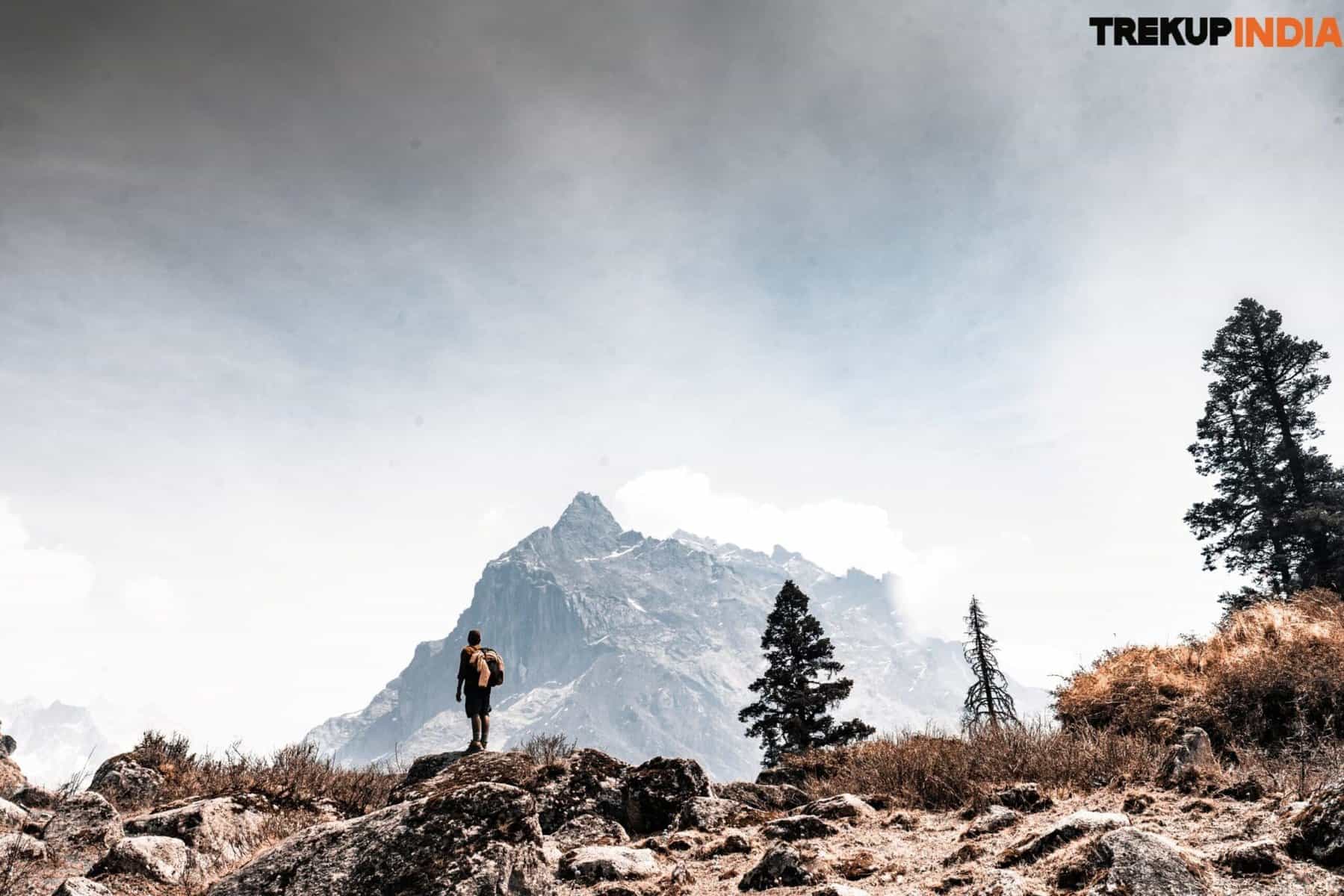
Witness Local Life
Fall is also the time for cultural exploration in remote Himalayan villages such as Osla and Gangad. Here, you can observe residents preparing for winter by harvesting, celebrating small festivals, or participating in age-old ceremonies, providing a unique opportunity to gain insights into mountain communities.

About Author

Anoop Rawat (Admin TrekUp India)
Anoop has worked for 5 years as a Trek Leader with TrekUpIndia, leading numerous treks across the diverse and challenging terrains of Uttarakhand and Himachal Pradesh. He holds a degree in Geology with a specialization in Geographic Information Systems (GIS) from UPES Dehradun. During his academic years, he actively applied his classroom knowledge in the field—most notably by contributing to a glacier research project on the Jundar Glacier in the Har Ki Dun Valley, Uttarakhand. Write Anoop at anoop@trekupindia.com
Share this article
Dates For Upcoming Treks
Want To Trek Like Pro?
Basically, watch these videos if you want to trek the same way professional trekkers do and make your skills better. These videos contain useful tips and techniques to further improve your trekking skills itself. These videos actually help both new and experienced trekkers improve their trekking skills. These videos definitely provide useful tips that make your trek better. We are seeing that these videos by Trekup India experts will only help you make your trekking skills better.
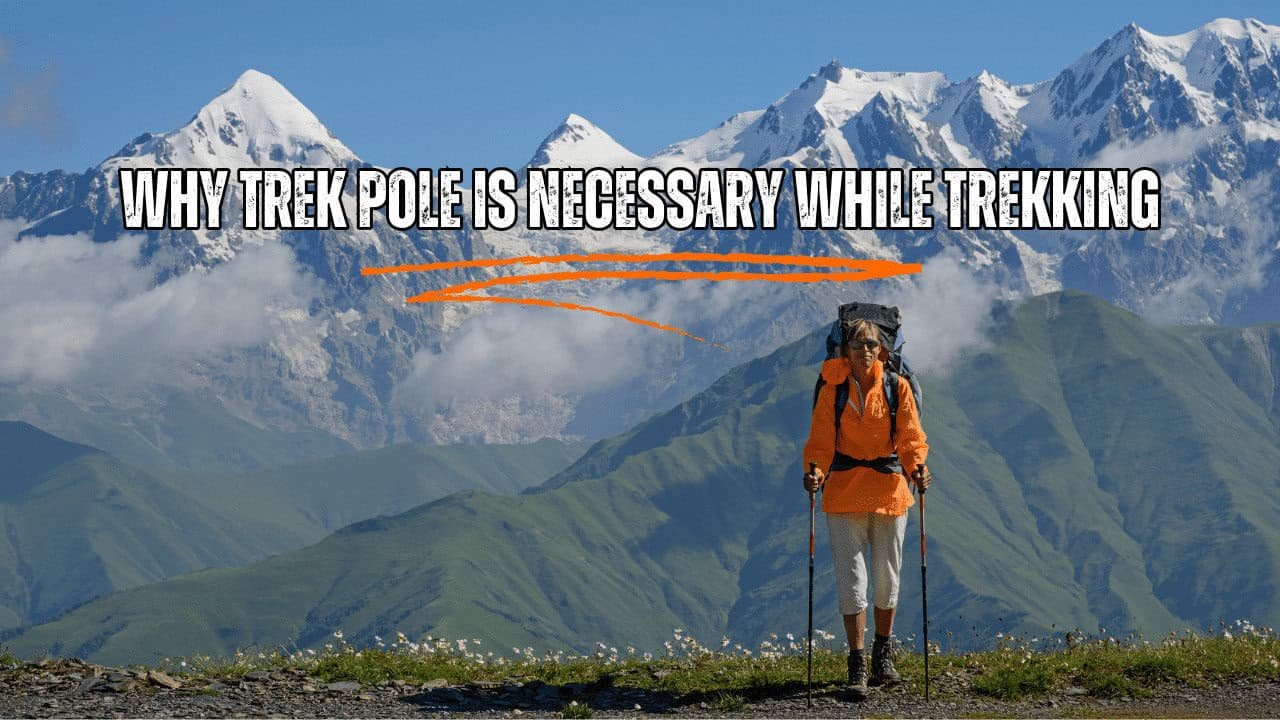






Know Everything About Acute Mountain Sickness
Acute Mountain Sickness occurs when people trek to high altitudes above 8,000 feet. This condition itself develops further due to reduced oxygen levels at such heights. Basically, as you go higher up, the air pressure and oxygen levels decrease, which causes the same problem. Acute Mountain Sickness surely causes headache, nausea, vomiting, and dizziness in affected persons. Moreover, peoples also experience difficulty in sleeping during this condition. To avoid mountain sickness, you should actually trek up slowly to higher altitudes. To learn further about this condition itself, watch the videos by Trekup India.
